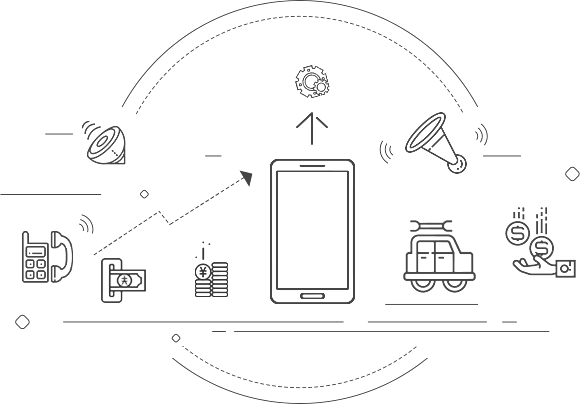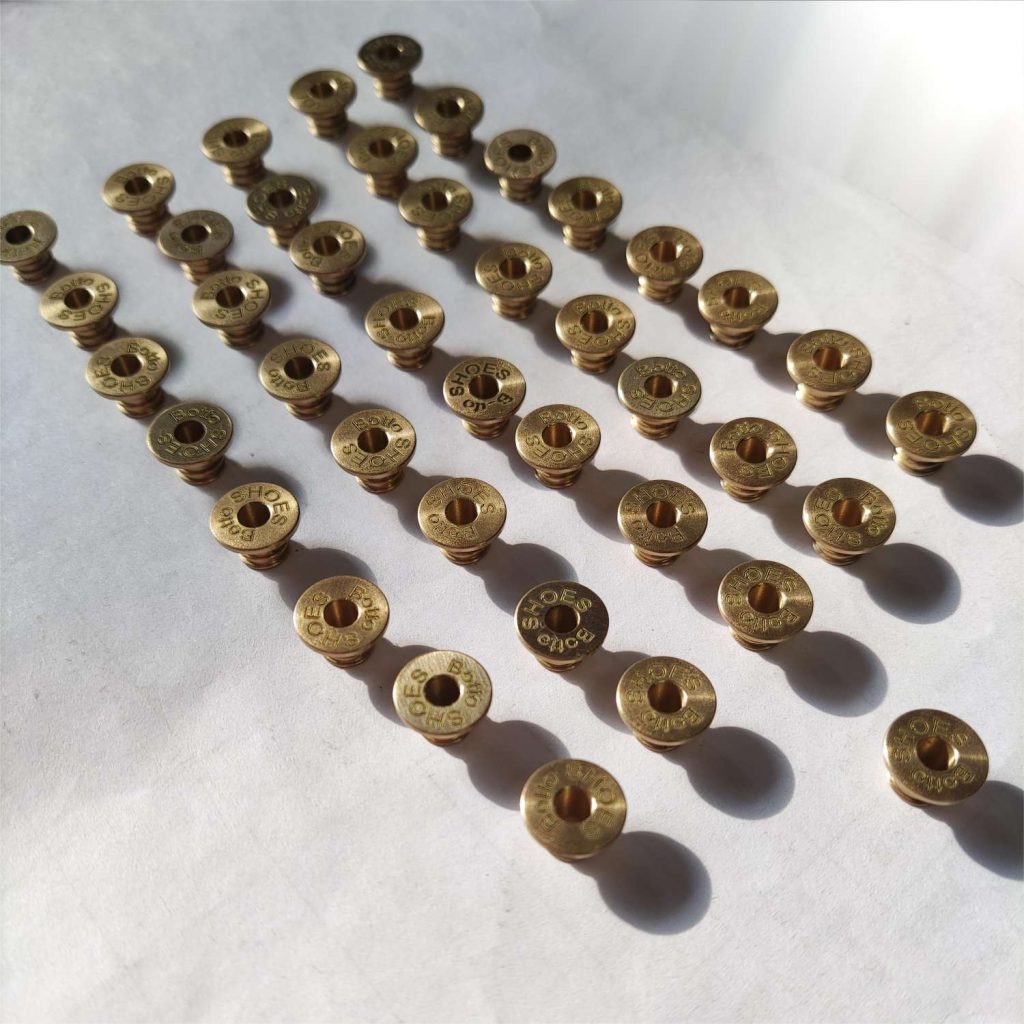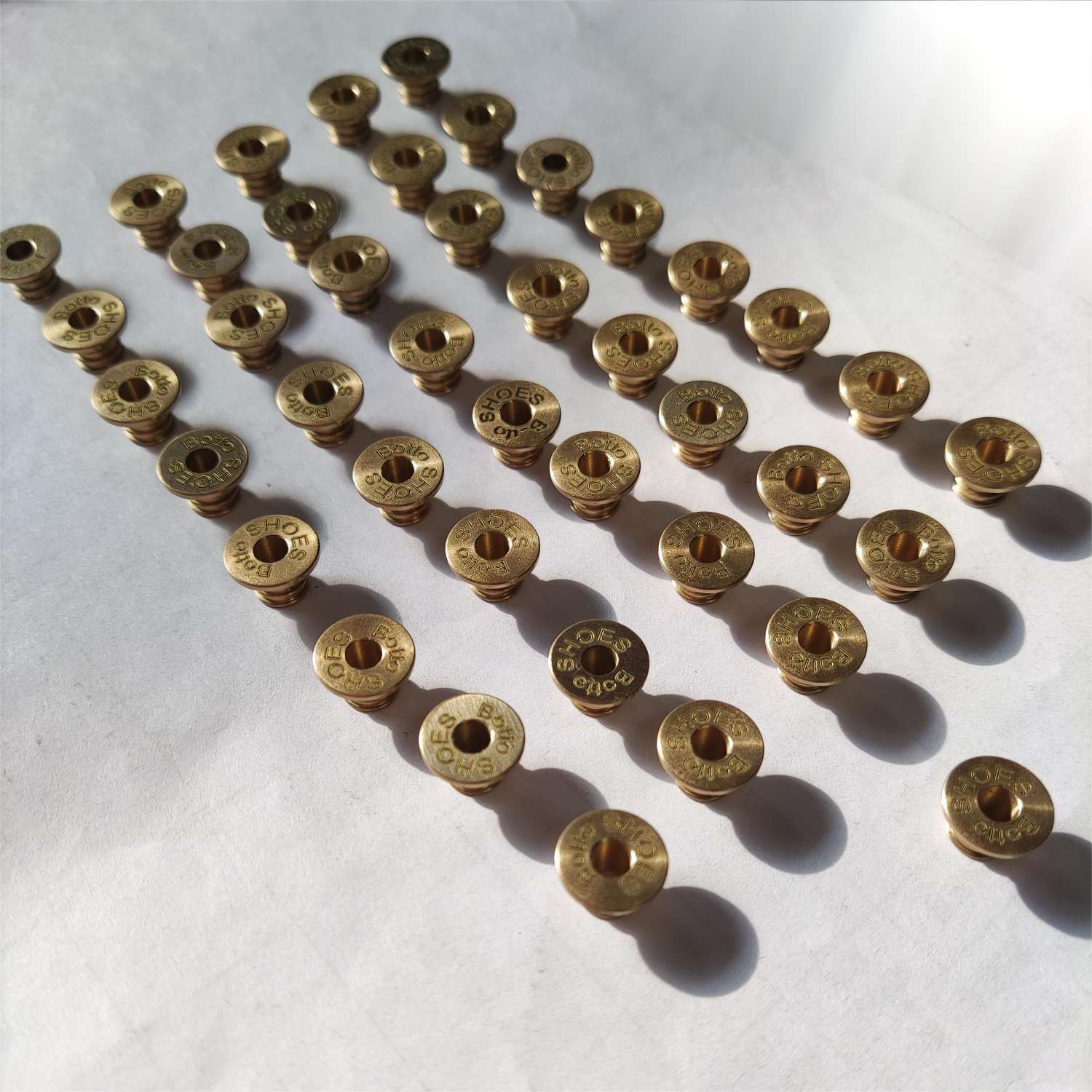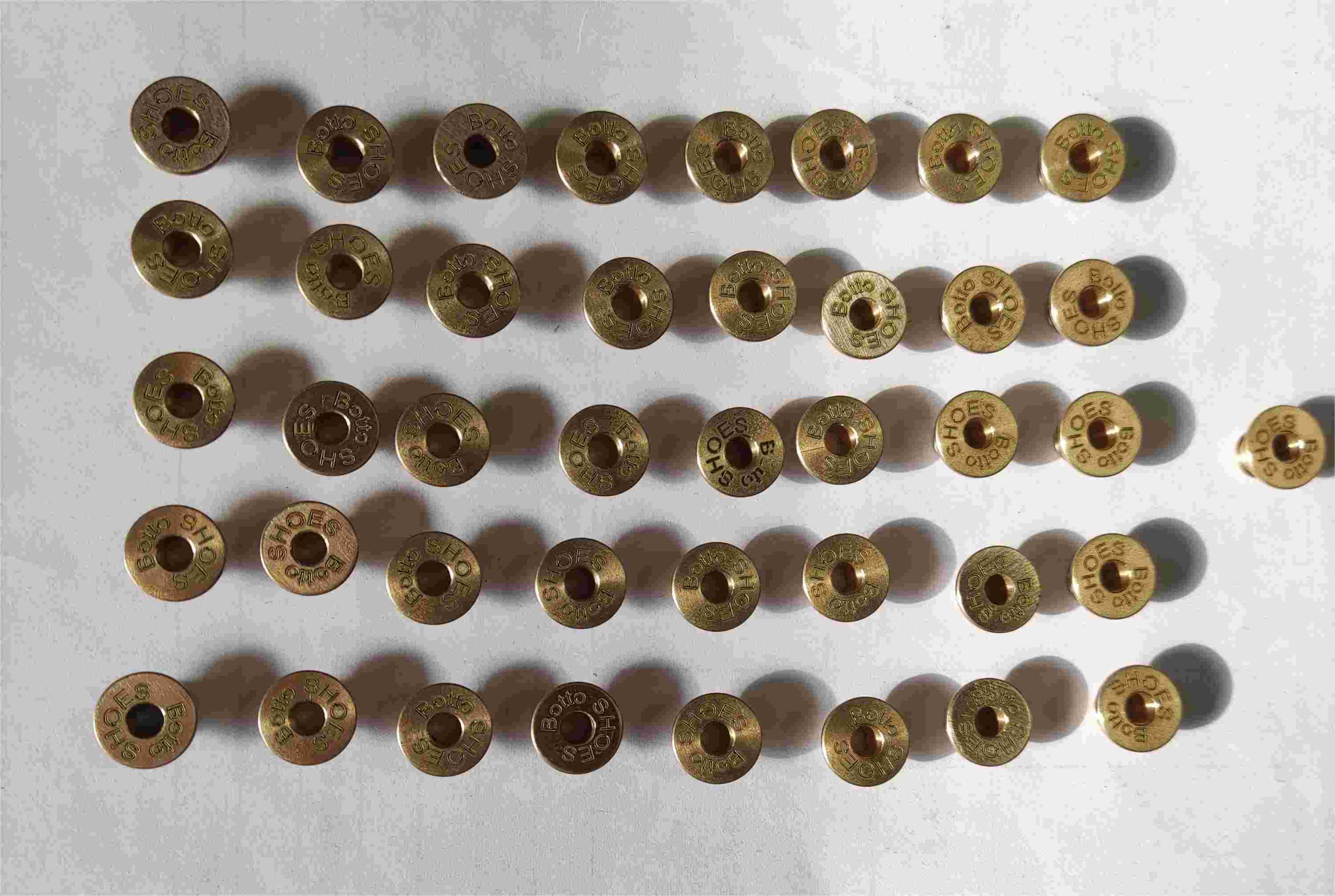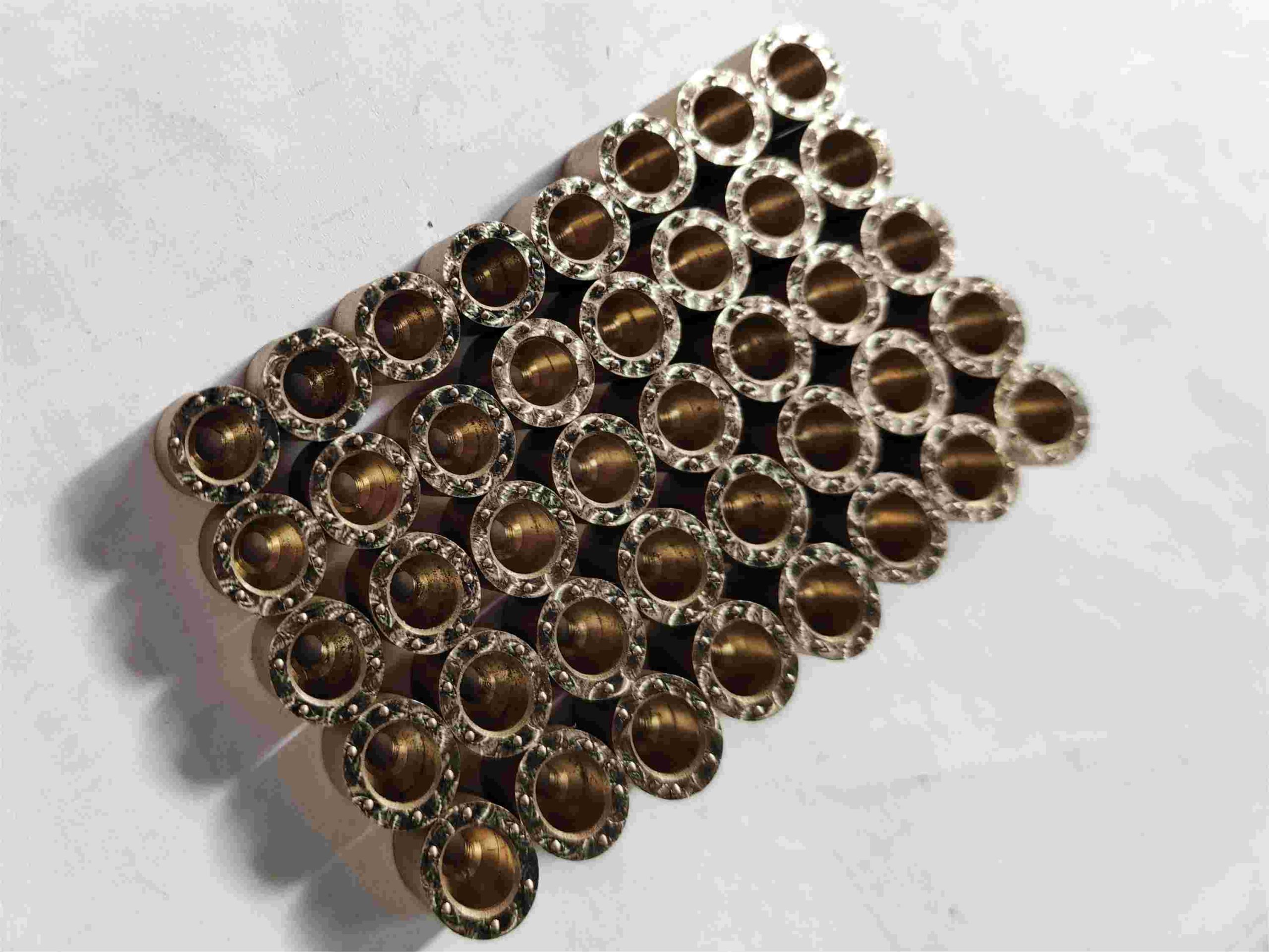CNC Turning Brass Parts with Laser Marking
- Material: Brass
- Size: D16.8*7 mm
- Process: CNC turning
- Surface treatment: machined surface with laser marking
Why Choose CNC Turning for Machining Brass Parts?
Choosing CNC turning for machining brass parts offers numerous benefits that make it an optimal choice for various applications. Here are the key reasons to choose CNC turning for brass parts:
- Precision and Accuracy
- High Precision: CNC turning machines are capable of achieving very tight tolerances and high levels of precision, ensuring that each brass part meets exact specifications.
- Consistent Quality: The automation and programmability of CNC machines result in consistent quality and repeatability, which is crucial for mass production.
- Efficiency and Productivity
- Fast Production: CNC turning is a highly efficient process that can produce parts quickly, significantly reducing lead times.
- Automation: CNC machines can operate continuously with minimal supervision, increasing productivity and reducing labor costs.
- Versatility
- Complex Geometries: CNC turning can produce complex shapes and intricate designs that are difficult to achieve with manual machining.
- Wide Range of Brass Alloys: CNC turning is compatible with various brass alloys, allowing for versatility in applications and material properties.
- Cost-Effectiveness
- Reduced Waste: CNC turning optimizes material usage, minimizing waste and reducing overall production costs.
- Lower Labor Costs: Automation reduces the need for manual labor, which can lead to significant cost savings, especially in large production runs.
- Quality and Surface Finish
- Superior Surface Finish: CNC turning can achieve smooth surface finishes, which are essential for parts requiring high aesthetic and functional standards.
- Quality Control: CNC machines often come with integrated quality control features, ensuring high standards are maintained throughout the production process.
- Scalability
- From Prototypes to Mass Production: CNC turning can easily scale from producing a single prototype to high-volume production runs, making it suitable for both small and large-scale projects.
- Design Flexibility
- Customization: CNC turning allows for easy adjustments and modifications to the design, enabling the production of customized parts tailored to specific requirements.
- Integration with CAD/CAM: CNC machines work seamlessly with CAD/CAM software, allowing for precise translation of designs into physical parts.
- Material Properties of Brass
- Machinability: Brass is known for its excellent machinability, allowing for faster cutting speeds and extended tool life, which enhances the efficiency of CNC turning processes.
- Corrosion Resistance: Brass parts are resistant to corrosion, making them ideal for applications where durability and longevity are important.
- Applications and Industries
- Wide Range of Applications: CNC turned brass parts are used in various industries such as automotive, electronics, plumbing, and musical instruments, demonstrating the versatility and broad applicability of this machining method.
- Environmental and Safety Benefits
- Reduced Environmental Impact: CNC turning generates less waste and can often use recyclable brass materials, contributing to a more sustainable manufacturing process.
- Safety: The automated nature of CNC turning reduces the risk of accidents and injuries associated with manual machining.
Choosing CNC turning for machining brass parts provides numerous advantages, including high precision, efficiency, versatility, cost-effectiveness, and superior quality. These benefits make CNC turning an ideal choice for producing brass parts across various applications and industries, ensuring reliable and high-quality outcomes.
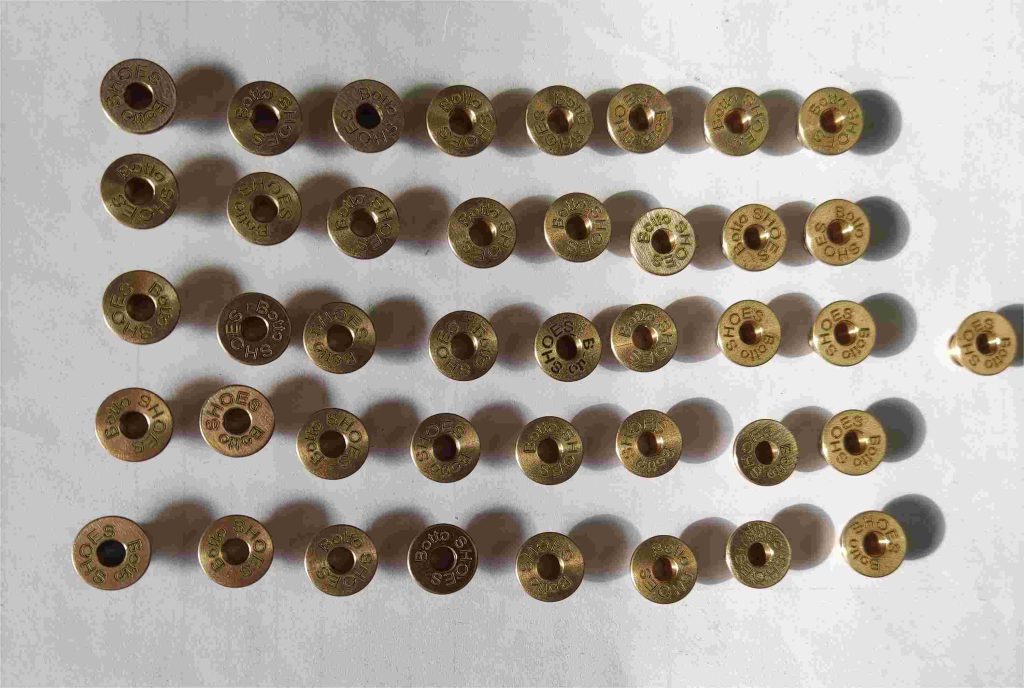
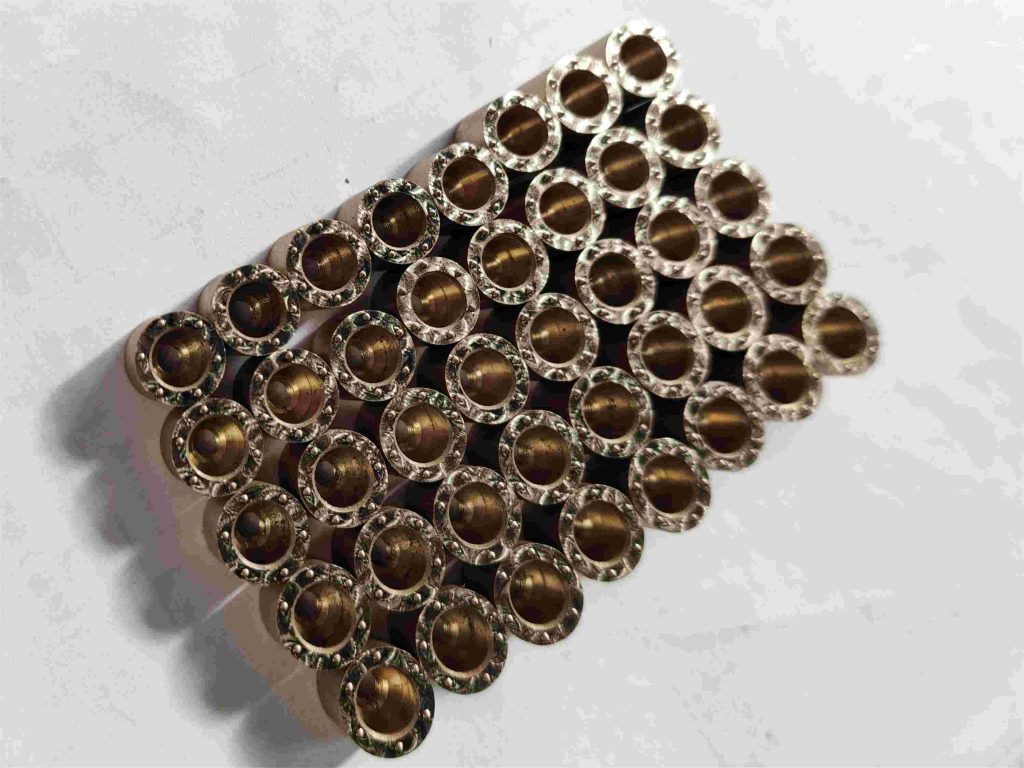
What are the Types of Laser Marking on Brass?
Laser marking on brass can be achieved through various methods, each with its own unique characteristics and applications. Here are the primary types of laser marking used on brass:
| Laser Marking Type | Characteristics | Application Examples |
| Engraving | Durable and resistant to wear. Depth can vary. | Detailed designs and logos. Serial numbers and barcodes. Industrial parts and jewelry. |
| Annealing | Smooth and flush with the surface. Highly durable and resistant to environmental factors. | Medical instruments. Aerospace components. High-precision tools. |
| Etching | Shallow but visible marks. Good readability and durability. | Product information and logos. Part numbers in electronics. Automotive components. |
| Ablation | Precise and high-contrast marks. No significant depth. | Marking coated or treated surfaces. Nameplates and labels. Decorative items. |
| Foaming | Slightly raised and textured mark. Good contrast and readability. | Decorative markings. Branding. Part identification. |
| Color Change | Smooth, flush marks with good contrast. Durable and resistant to wear. | Medical devices. Electronics. Luxury goods. |
Laser marking on brass can be performed using various techniques, each suited to different applications and desired outcomes. The choice of laser marking method depends on factors such as the required depth, contrast, durability, and surface finish. JTR can providing you with professional CNC machining service for brass parts and high quality surface treatments, please feel free to contact for experts advices and appropriate machining technique for your specific needs.
